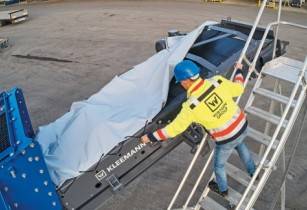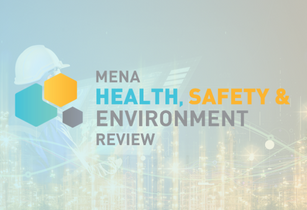The Abu Dhabi National Oil Company (ADNOC) and Total announce their collaboration to deploy the world?s first automated seismic acquisition system in Abu Dhabi
This pilot project, performed with Total?s Multiphysics Exploration Technology Integrated System (METIS), uses autonomous drones and a ground vehicle to drop off and retrieve seismic sensors without human intervention, therefore at a lower cost. It will be deployed throughout the emirate of Abu Dhabi, to contribute to onshore exploration and appraisal campaigns ? a first in the region.
?Total is focusing on innovation in seismic acquisition to minimise the surface impact of petroleum activities and improve the quality of sub-surface images while increasing our overall operational efficiency. We are proud to have this opportunity to collaborate once again with ADNOC to share advanced technological know-how and expertise,? stated Dominique Janodet, vice-president R&D of Total Exploration and Production.
?In addition, METIS is a major technology to reduce the environmental footprint of our onshore exploration and appraisal campaigns, which is completely in line with our environmental commitments and our ambition to be the responsible energy major.?
?METIS is a pioneering automated technology with the potential to conduct seismic surveys in harsh environments, such as the desert, which are tough on people and equipment. This collaboration demonstrates our commitment to using ground-breaking technologies, throughout our operations, to unlock the opportunities of the fourth industrial age,? said Alan Nelson, chief technology officer at ADNOC.
?The ultimate purpose of this collaboration is to be able to jointly develop a safer, faster, more efficient and cost-effective acquisition system to acquire 3D and 4D high-resolution seismic images of the subsurface, which can be processed in real-time to build a clearer understanding of the subsurface, lowering geoscience and drilling uncertainties and optimising field production,? added Khadija Al Daghar, vice-president for research and technology development at ADNOC.


























